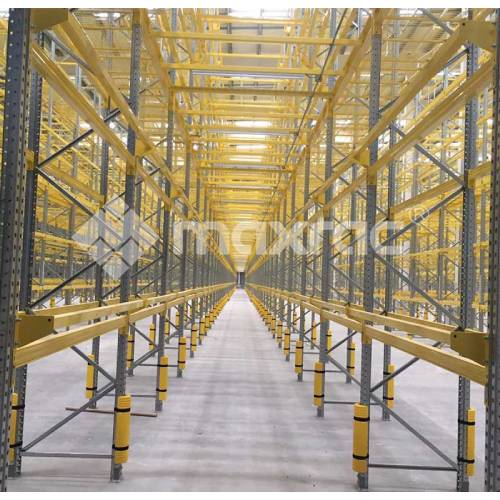As one of the most basic warehousing equipment in the logistics link, The Warehouse Rack is widely used in commercial logistics, pharmaceutical and chemical industry, machinery manufacturing, and third-party logistics. They have also maintained good development in food and beverage, new energy, and automobile-related industries. With the fall of the e-commerce industry's storage logistics construction boom, the demand for traditional e-commerce shelves has decreased significantly. In contrast, the demand for shuttle-type dense storage shelves and loft platform shelves is relatively stable, and the market scale is basically the same as before.
Warehouse Storage Racks Manufacturers believe that whenever inventory management is involved in warehouse shelves, there are always too many options. Each method, each system, and each counting method has its own advantages and disadvantages, not to mention the changes they make in the warehouse. Although you may already have a suitable method or are considering a new method to help the warehouse better organize, for any size warehouse, real-time inventory tracking is an increasingly popular choice, this kind of warehouse Need to quickly and accurately display inventory in order to better maintain sales trends and inventory demand.
By using the Warehouse Racking-System in real-time inventory management, you can easily obtain updates on inventory changes at any time without having to rely on pre-planned inventory counts to ensure that all inventory is up to date. This can reduce the time to track the product, and most importantly, avoid customers out of stock when making purchases. Real-time tracking advantages brought to the warehouse.

Tray Rack
1. Lower overall inventory levels
This may sound counterintuitive, but real-time inventory management can help you maintain more operational inventory without having to use more traditional methods to cause inventory surplus. Real-time inventory management can better understand the current inventory situation and prevent over-ordering of products that cannot be quickly transferred, or focus on storing products that continue to sell; better prevent the accumulation of sluggish goods and create more chaos in the warehouse.
2. Improvement of real-time ordering
Due to e-commerce needs, many warehouses rely on real-time orders to help replenishment (mostly slow or sold-out products) to keep up with customer demand. By using real-time inventory tracking, you can better understand when these orders need to be placed, and maintain inventory at the ideal operating level to meet customer needs as quickly as possible.
3. Reduce the use of space and better product organization
Similar to the first point, using real-time inventory tracking can reduce the used space in the warehouse shelves and make the organizational structure easier. The overall decline in unused inventory will help to better prioritize the products stored on the racks and pallet racks.
4. Improve order accuracy
Real-time inventory processing not only allows you to understand the current inventory situation more clearly, but also helps you to deliver products to customers more quickly and reduce errors. Increased awareness of existing inventory will help prevent order errors, reduce the chance of incorrect shipments, and allow customers to better understand inventory and currently available inventory.